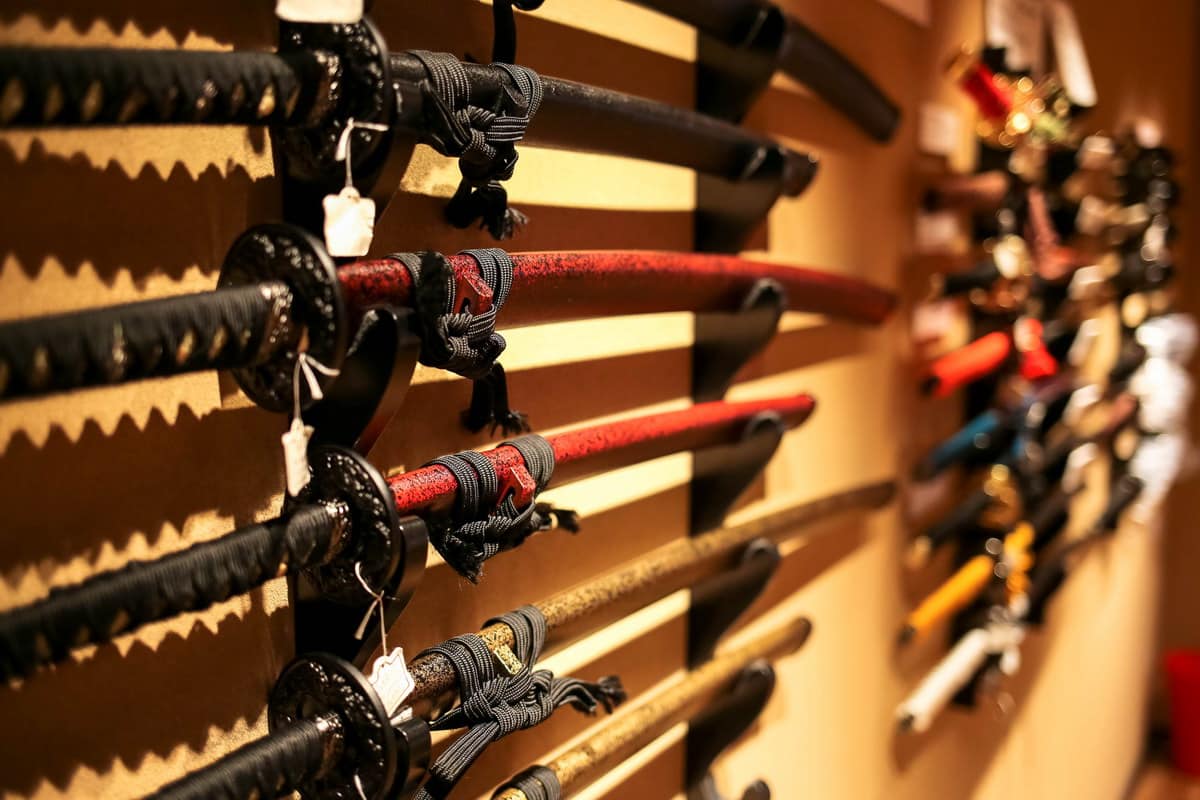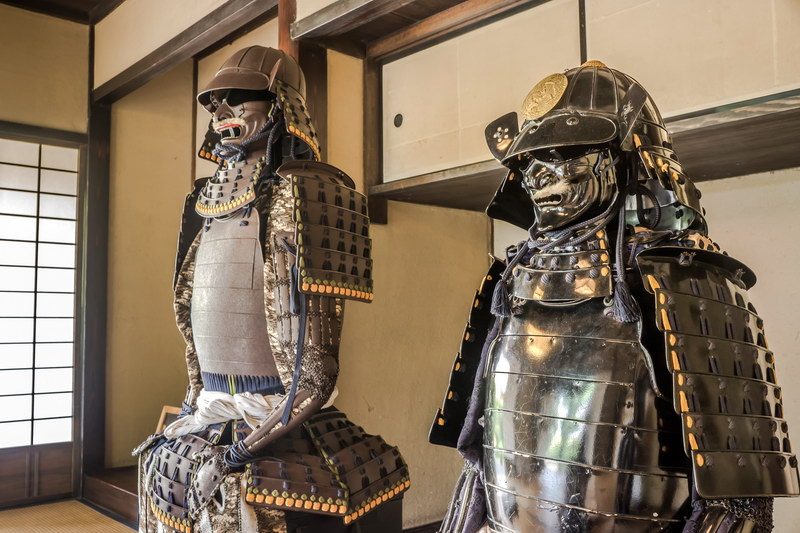Samurai History – Golden Age of the Samurai
War has always played an important role in the Samurai history of Japan. The Samurai were fearsome warriors that are member of powerful military caste of feudal Japan. This was a feudal system similar to that use by Europe. The Shogun serves as the King and ruled the country through the daimyo or Japanese noblemen.
The daimyo in turn are the heads of the Samurai. It was not until the 12th Century when Japan as a country began its military dictatorship through the rulership of the Shogunate. As servants of the daimyo, Samurai help the shoguns have authority against the Mikado or Emperor. Thereafter until the Meiji Restoration, the Japanese government was dominated by the Samurai. It was during the Meiji Restoration in 1868 when the feudal system was abolished and Samurai history was forever changed. Being a Samurai is part of tradition however, when they were deprive of their privileges, many Samurai enter the elite ranks of politics and various industries in modern day Japan. Even the Samurai code of honor and discipline was revive and become the foundation of Japanese society code of conduct. This was the way of the bushido or the warrior.
Prior to the Meiji period, the Samurai were armed supporters of wealthy landowners. These wealthy landowners were part of the imperial court who seek their own fortunes after they were driven away by the powerful Fujiwara clan. During the 12th Century, the power in Japan shifted slowly away from the Emperor and his noblemen in Kyoto to that of the heads of clans who are situated in each of their large estates in the country. There were two main clans the rule during that time: Taira and Minamoto. These clans were at each other’s throat each trying to dominate and control Japan. This war ended when one of the most famous Samurai heroes in Japan, Minamoto Yoshitsune led his clan in victory over the Taira clan. This led the exile of Yoshitune’s half-brother Minamoto Yoritomo to establish his government in the Kamakura. Thus begun the Kamakura Shogunate. This also shifted power in Japan to the Samurai. Yoritomo’s authority was great that no Samurai shall be given and recognize as such without his permission. During the same period of time Zen Buddhism was introduced from China. This belief held a great appeal towards many Samurai. The appeal lies in the austere and simple rituals as well as the belief that their salvation comes from within.
In the Samurai history During the Kamakura period, the sword played a role in Samurai culture. It was believe that a man’s honor relies on his sword. It was therefore prime importance to craft the sword in such a way that each of its parts are properly made. Thus sword making was made into an elevated art form and not just a simple act of producing a blade to ward off enemies. Two succeeding attacks from the Mongols at the end of the 13th Century led to the weakening of the Kamakura Shogunate. This led to a rebellion led by Ashikaga Takauji. The Ashikaga Shogunate was established and its center was in Kyoto. For two centuries, Japan was in constant state of conflict from clans trying to establish their territorial claims. After the Onin war of 1467 to 1477, the Ashikaga cease to become the dominant shogunate and local lords as well as Samurai step up to maintain law and order. Even if there was political unrest there was considerable economic growth in the country. The Muromachi period was known as the golden age of Japanese art. It was during this time when Japanese art forms was establish such as the tea ceremonies and flower arrangements was develop.
Under Tokugawa Ieyasu, the war in the country ended in 1615 and Japan was unified. This was considered to be the period of peace and prosperity and lasted for 250 years. It was during this time when the Samurai took on the responsibility of governing peacefully other than the use of military force. Tokugawa Ieyasu also issued an ordinance for Samurai to train under the principles of Confucianism. It was during this period when Buddhism began to dominate as a practice and eclipse the faith established during the Tokugawa period. Thus in terms of religion, the Samurai began to practice both of what they learn from Buddhism and Confucianism. Despite of this, the warrior spirit remained constant and military skills and fearlessness towards the enemies was practice alongside these beliefs. Bushido emphasize kindness and caring for one’s family members especially the elderly. During this period, Samurai were forced to take up a form of trade if they do not wish to become bureaucrats. By 1588, the right to carry the sword in public was restricted towards Samurai only. It was during this same period when Samurai carried two swords: the Katana and a Wakizashi.
Because of famine and poverty in the mid-19th Century, the Tokugawa regime was laid to question by peasants who stage political unrest of their own. The arrival of Western powers in Japanese soil for the purpose of international trade was the final straw. Conservatives including Samurai resist this move and began calling the restoration of the power of the Emperor. The Tokugawa Shogunate as toppled and imperial restoration was named under Emperor Meiji. By 1871, feudalism was abolished and Samurai rebellions were squashed. By 1930, Japan’s military traditions were revive as Japan entered into World War II. During this period, Japanese soldiers brought out their antique Samurai swords into battle and made suicidal attacks following the bushido principle of death before dishonor. Before this war ended, Japan drew its sense of honor and devotion not to the daimyo but, the emperor and Japan as a country. This was the reason why Japan has manage to rebuild itself after the war to become the world’s greatest economic and industrial giant of today. Modern day Japan honors the memory of the Samurai. This culture remains infused in today’s Japan. The changes is now invoke in corporate boardroom rather than the battlefield.



